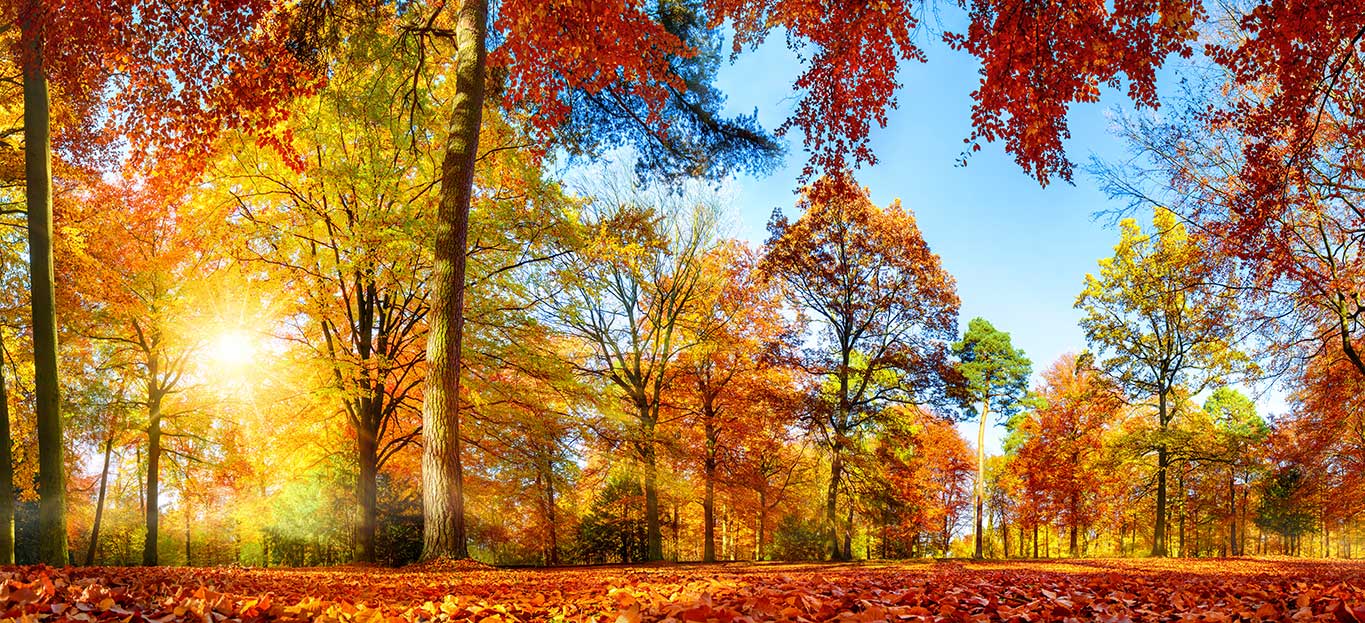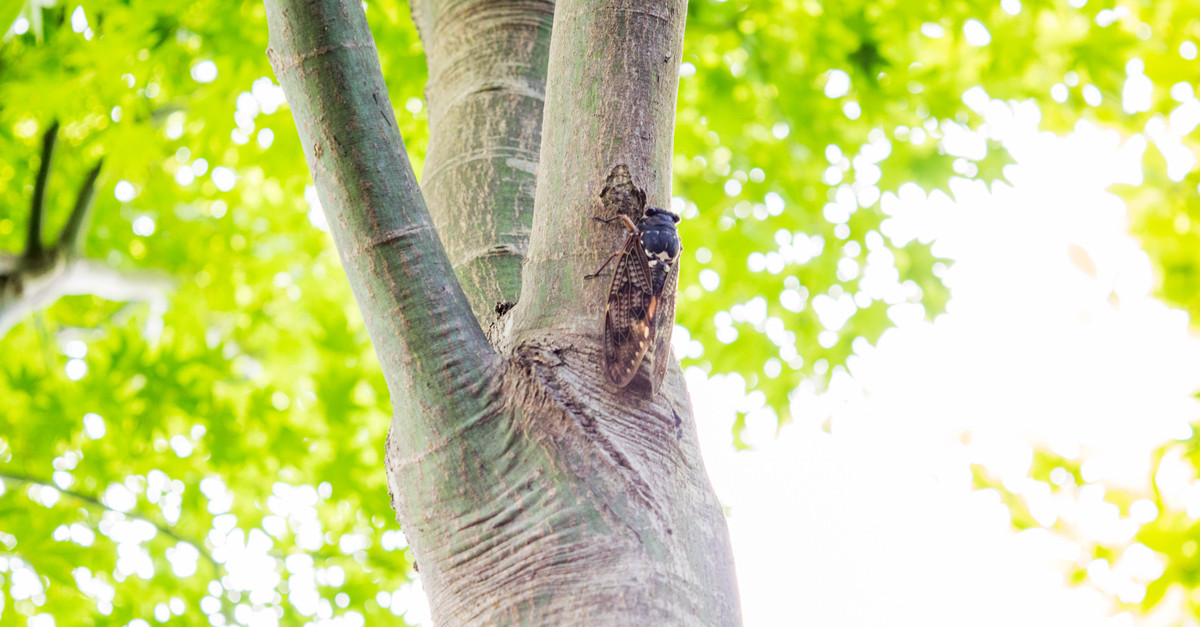Tornado-Proof Your Treasured Trees
Whether you live in Tornado Alley or are just prone to some serious stormy weather come the spring and summer months, you don’t want Mother Nature wreaking havoc on the trees you value so much. Luckily you can avoid this fate by storm-proofing your trees and shrubs.
Plant Smart
There are several planting strategies you can use that will enable you to take the best possible care of your trees. These include planting trees young, planting them in clusters and removing stakes as soon as possible. However, beware planting so closely that each tree doesn’t have enough room to reach full root and canopy growth; check the tree’s full size before putting it in the ground.
Prune Smart
Helping the tree perfect its natural canopy will make it more resistant to damage from tornadoes and other storms. Follow the tree’s natural branching habit, remove limbs that grow at angles close to the trunk and encourage a strong branching structure. NEVER top trees, as this makes it more likely they will grow unstable, weakly attached limbs that may become dangerous projectiles when a storm hits.
Prep Smart
Even if you plant and prune intelligently, you may still miss some aspects of tree care that can help you save a tree in the case of a storm. One of the things you can do is to remove unstable limbs or branches that look dead or diseased, even if it isn’t the plant’s normal pruning time. These limbs are more likely to fall in high winds or bad weather, and can take other, healthy limbs with them. Be sure to use a disinfecting solution on all tools between cuts when pruning, otherwise you may make the tree even less healthy by spreading disease.
Call in the Experts
If you’re still not sure whether or not your trees will be safe from stormy weather, get help. Premier Tree Solutions is a quickly expanding tree-removal business based in Atlanta, Georgia, specializing in multiple areas of tree care.
These include tree removal and stump grinding, tree pruning and trimming, Bobcat work, branch clearing and debris removal. Don’t forget we also help clients with storm damage, so if you didn’t prep for storms until it was too late, you may still be able to save those trees. Just give us a call at 404-252-6448.







